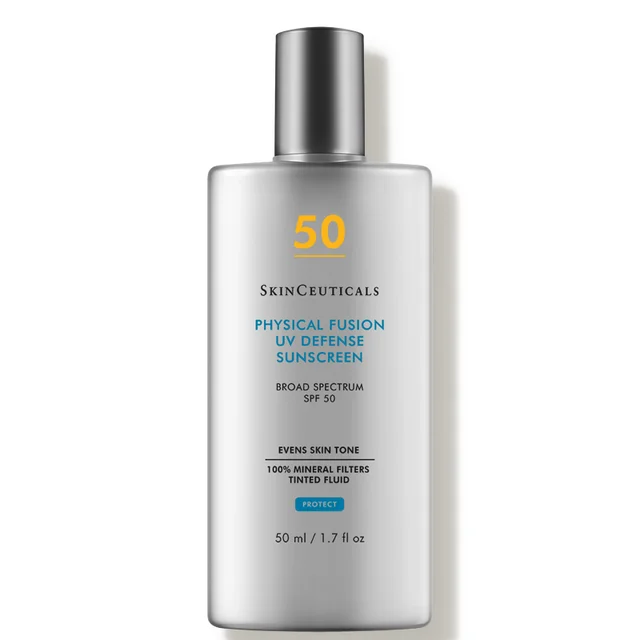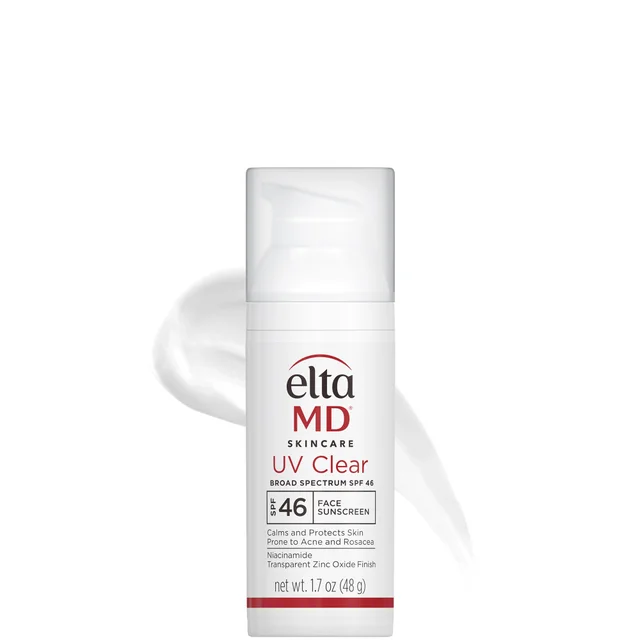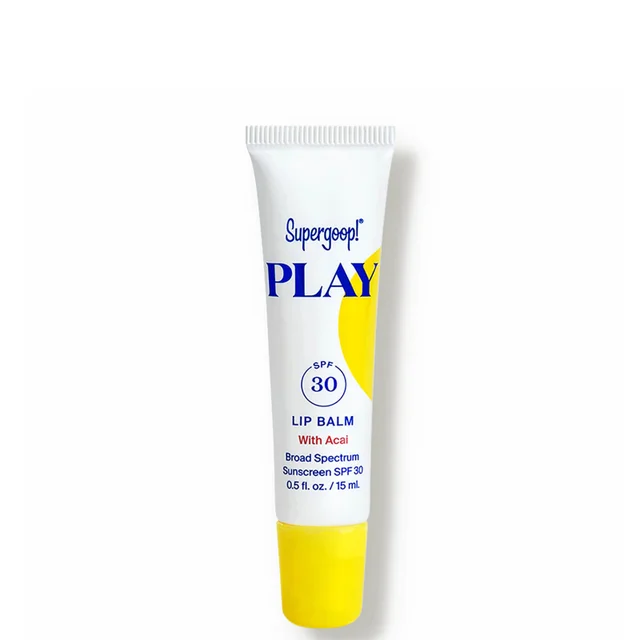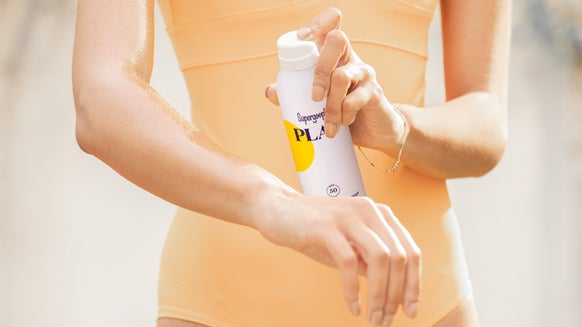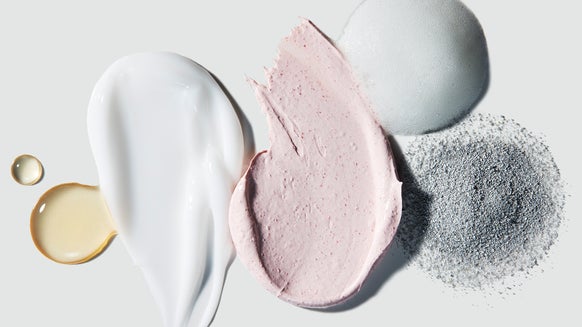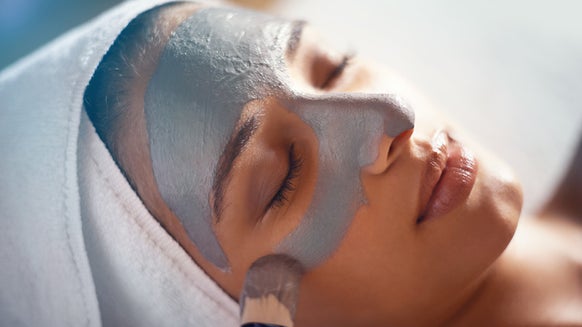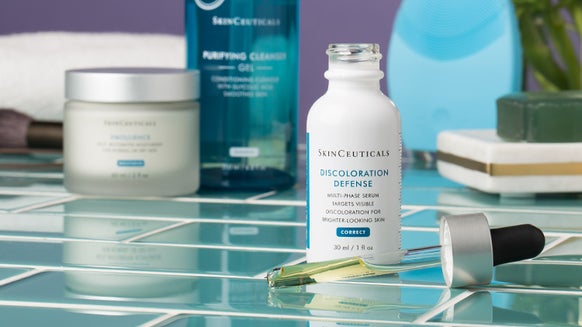Understanding the Difference Between UVA and UVB Rays
You've heard the term "UV rays" countless times, but that doesn't tell the whole story—the sun produces multiple types of ultraviolet rays, including ultraviolet A (UVA) and ultraviolet B (UVB). Though sunscreens of the past focused exclusively on UVB rays, scientists and dermatologists continue to discover the UVA ray's potentially harmful effects on the skin. Since UV protection is a cornerstone of any effective skin-care regimen, understanding your opponent is half the battle.
What's the Difference?
The sun emits invisible ultraviolet radiation in the form of UVA, UVB and UVC rays. While UVC rays never penetrate the ozone layer, UVA and UVB rays do. UVA and UVB rays cause photodamage to the skin, leading to accelerated aging and an increased risk of skin cancers, including melanoma, basal cell carcinoma and squamous cell carcinoma. Up to 95 percent of the rays that reach your skin are UVA rays, which penetrate more intensely than their UVB cousins. This means they have a greater role in the formation of skin cancer, as well as wrinkles and other signs of aging. UVB rays, on the other hand, are the key contributors of burning and skin reddening. Though they only play a secondary role in photoaging when compared to UVA rays, they're still a significant factor in cancer development.
Protect Yourself
Always choose a sunscreen with an SPF of at least 30, which offers about 93 percent UVA protection. Also seek products labeled "broad spectrum," which protect against both UVA and UVB rays. Keep an eye out for effective ingredients such as zinc oxide, titanium dioxide, oxybenzone, ecamsule and avobenzone. Don't reserve sunscreen for days at the beach—wear it every time you venture outside, applying it to any skin exposed at least 30 minutes before stepping into the sunshine, and reapplying every two hours. Your future health and well-preserved skin will thank you.
What More Should I Know?
In addition to skin-shielding sunscreen, seek shade whenever possible. Wear clothes that physically block both types of UV radiation, including wide-brimmed hats, sunglasses and long clothes with tight knits in dark or bright colors. For added safety and convenience, select moisturizers that include SPF protection, and don't skip sunscreen on cloudy days—energy-packed UVB rays can penetrate both clouds and fog.
This article has been reviewed by board-certified dermatologist Dr. Emmy Graber.

From the latest hair and makeup trends to the best solutions for your skin issues, we've got all your beauty concerns covered!
